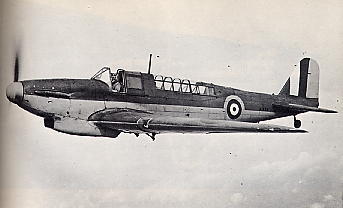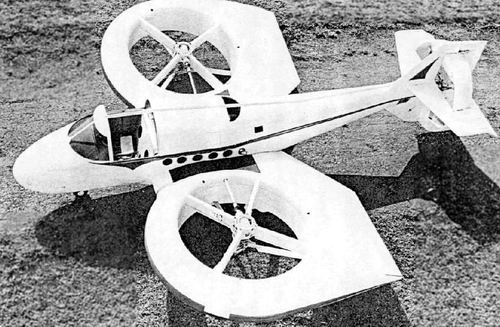northrop xp79
Northrop chose to construct the aircraft out of a non-critical war material, magnesium. The XP-79 was to be powered by an Aerojet
XCAL-2000 rocket motor capable of propelling the aircraft to 40,000 feet at 538 mph. The XP-79 was to have landing skids. However,
it was later decided to incorporate retractable quadracycle landing gear. The aircraft would have a wingspan of 38 feet and a length
of 13.22 feet. During March 1943, the decision was made to modify the third XP-79 to be powered by two Westinghouse 19-B
axial flow jet engines in place of the Aerojet XCAL-2000 rocket motor. This aircraft would be known as the XP-79B.
On 12 September 1945, the XP-79B, piloted by Harry Crosby, took off for the first time. Two Westinghouse 19-B (J-30) engines
powered the aircraft. After about fifteen minutes of flight, the XP-79B entered what appeared to be a normal slow roll from which it
did not recover and the pilot was killed. With the destruction of the sole XP-79B, the program was canceled.
Moet wel een erg mooi uitzicht gehad hebben. Even zoeken voor de volgende...



















